Local assembly of Toyotas began in 1968 at the Champion Motor plant in Shah Alam. This plant was then renamed Assembly Services Sdn Bhd in 1975. In 1982, UMW formed a joint venture with Toyota. By 1998, Assembly Services was expanded to a capacity of 50,000 units a year. In 2000, a total of 500,000 locally-assembled Toyotas had been produced. By 2011, that number doubled to 1,000,000 units.
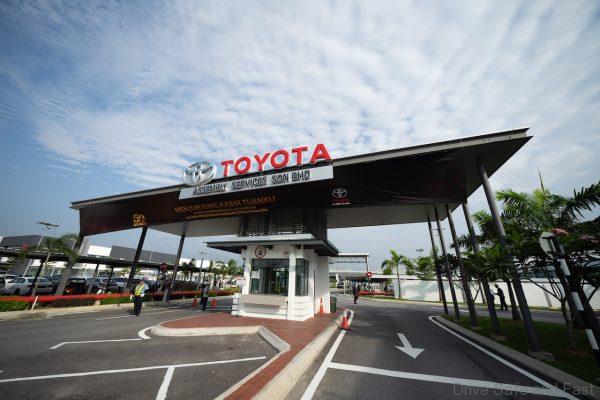
UMW Toyota eventually produced 1,500,000 vehicles, but by 2016 it was clear that a modernised assembly would be required and the plans for the Bukit Raja plant were put in motion.
- It has an output of 50,000 units a year
- Bukit Raja plant is considered one of the most advanced car manufacturing plants in the world
- The plant features a pedestrian promenade throughout to ensure people and machines cross paths as minimally as possible
- Solar Panels and Rainwater Recycling Facilities present
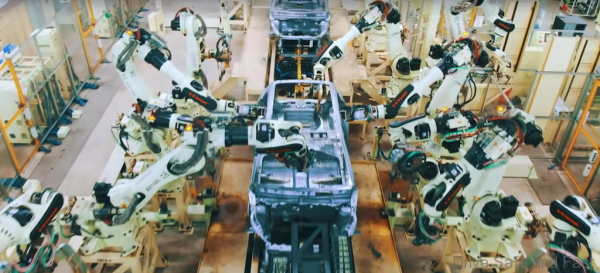
How does it compare to the Shah Alam Assembly Services Plant?
While the Bukit Raja plant is focused on Energy Effiecient Vehicles (EEVs), the Shah Alam plant builds more conventional vehicles. Currently, the Shah Alam plant makes the Fortuner (4200 units), Hilux (20,050 units), Hiace (1620 units), and Innova (4200 units).
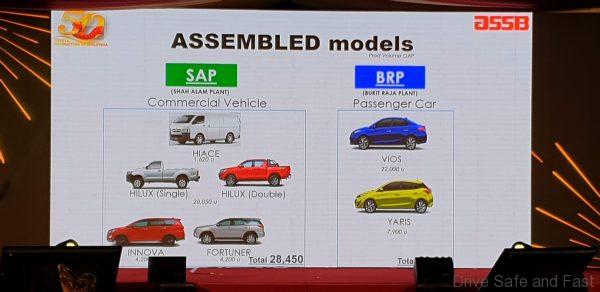
The Bukit Raja plant meanwhile produces the new Vios (22,000 units) and the new Yaris (7,900 units).
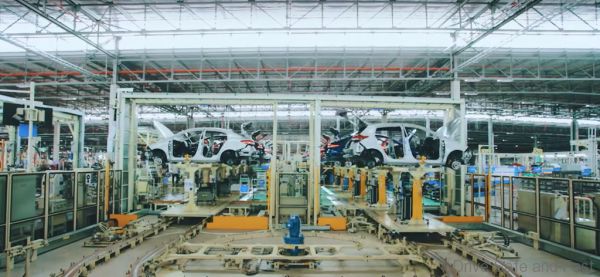
The Bukit Raja plant operates in 2 shifts, and 45% of its production line feature automation, with 61 robots doing welding and other tasks.
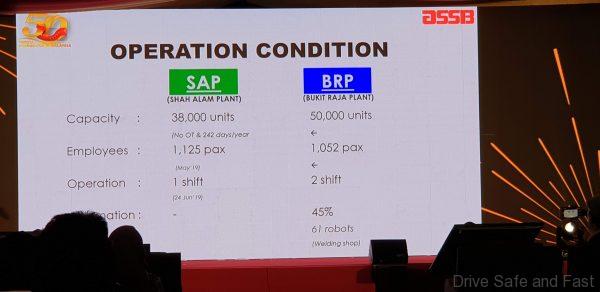
Another way it differs is in its layout. Bukit Raja was chosen for its strategic location. First of all, it’s just 8.4km from the original Shah Alam plant. This makes it less of a problem for existing employees to move over to the new plant.

It’s also close to Port Klang, making stock clearance and sequence management a lot easier.
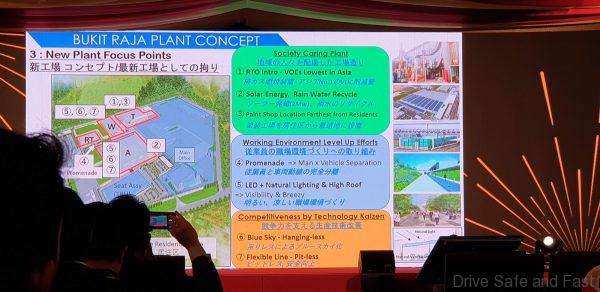
Finally, the space chosen was large enough to place the yard and the factory right next to each other. This reduces logistics costs dramatically.
Better for the Environment
The plant also features the lowest Volatile Organic Compound emissions in Asia thanks to its Regenerative Thermal Oxidiser.
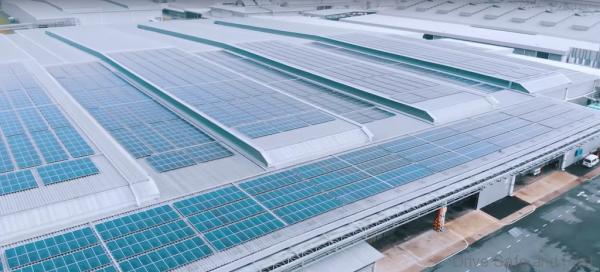
The plant has 2MW of solar panels installed, with plans to expand this. They’re also able to collect and recycle 156 cubic metres of rainwater.
Better for Workers
The plant’s promenade walkways seperate people from vehicles as much as possible to reduce the risk of accidents.
It also features a high roof with plenty of natural lighting and LED lighting where necessary.

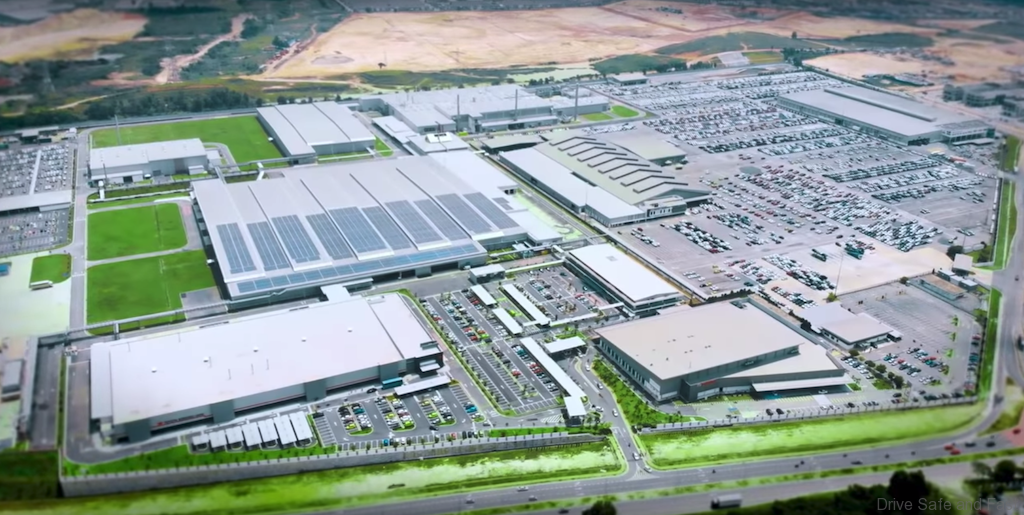
Hi, I’m Ying Hern, a vice treasurer for the science&mathematics society from TAR university college and I would like to enquire for permission to visit your factory for the purpose of observing the manufacturing process and the facilities.
If it’s possible to visit, would it be feasible on 9th November 2019? What is the visiting hours? What is the maximum capacity for visitors? If we could visit, what attire is preferred and is picture-taking permitted?
If you could reply as soon as possible would be most helpful. We would appreciate the opportunity to visit your company.
Great opportunity visited your amazing plant giving chances by your beloved En Anuar Abd Ani made us thinking how Toyota can b more grow n successful in d future. I as an ex Toyota staff really proud hv given an opportunity to be part of this prestigious Company and most of the positive way of working method I’m applying in my day to day life activities. Tq n luv u Toyota.
nice plant, awesome. i m looking for job opportunities.